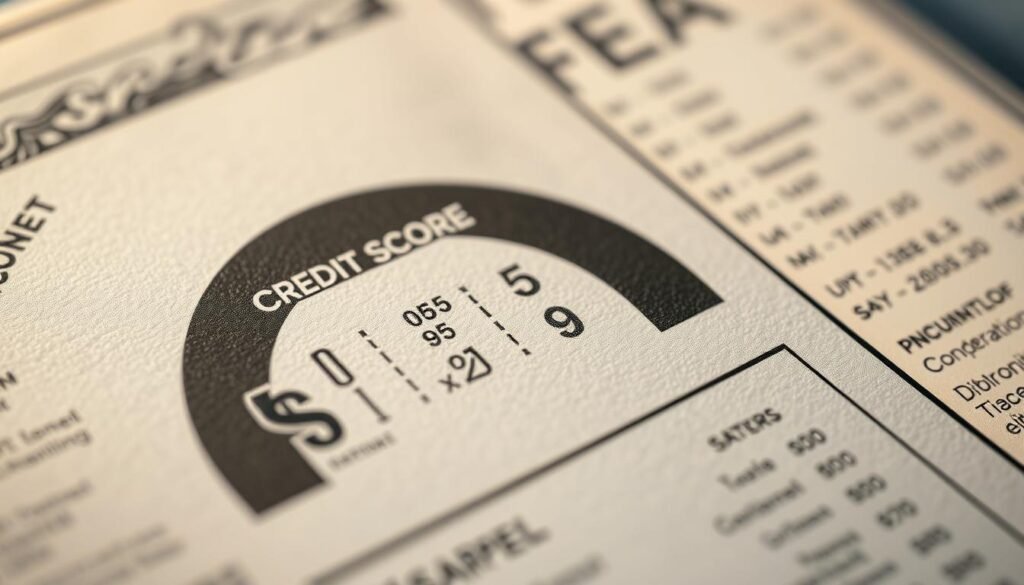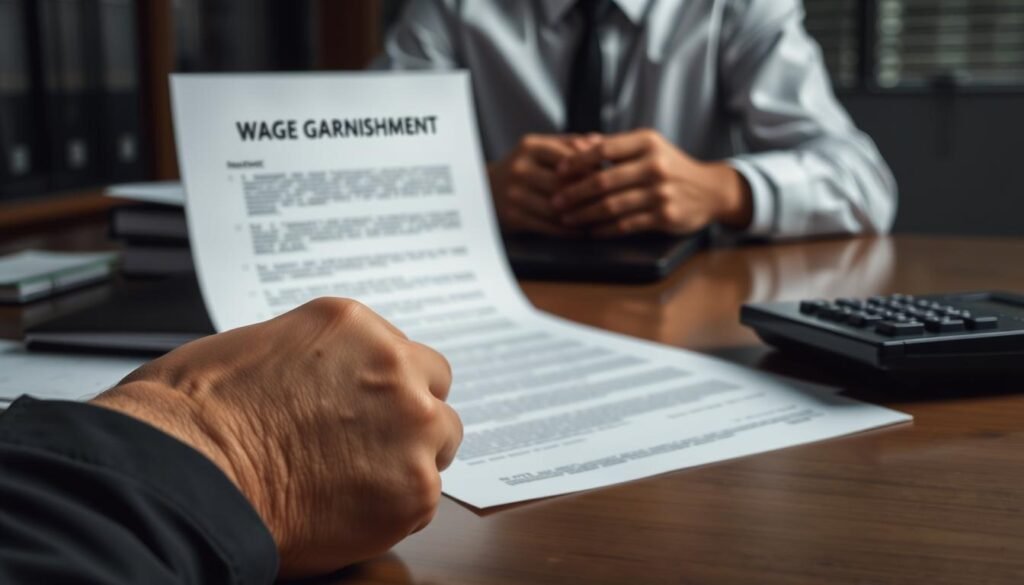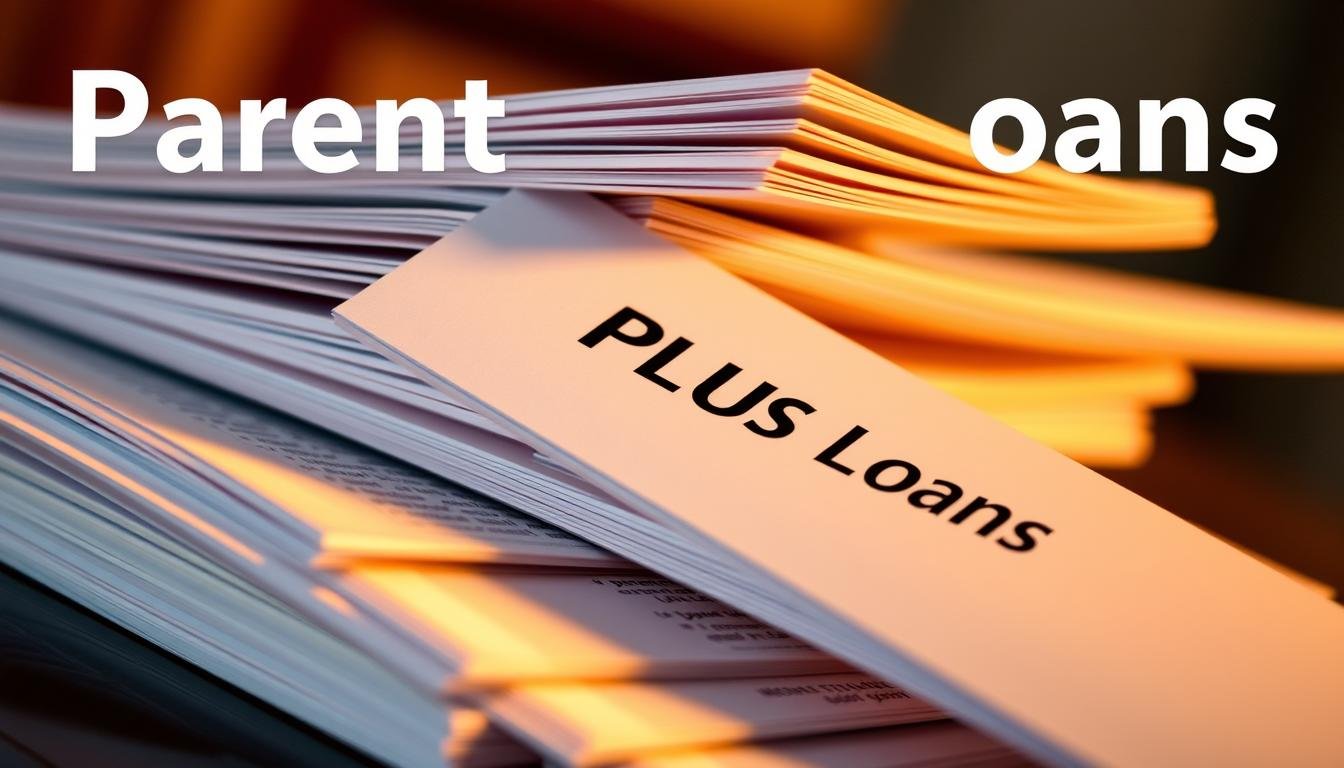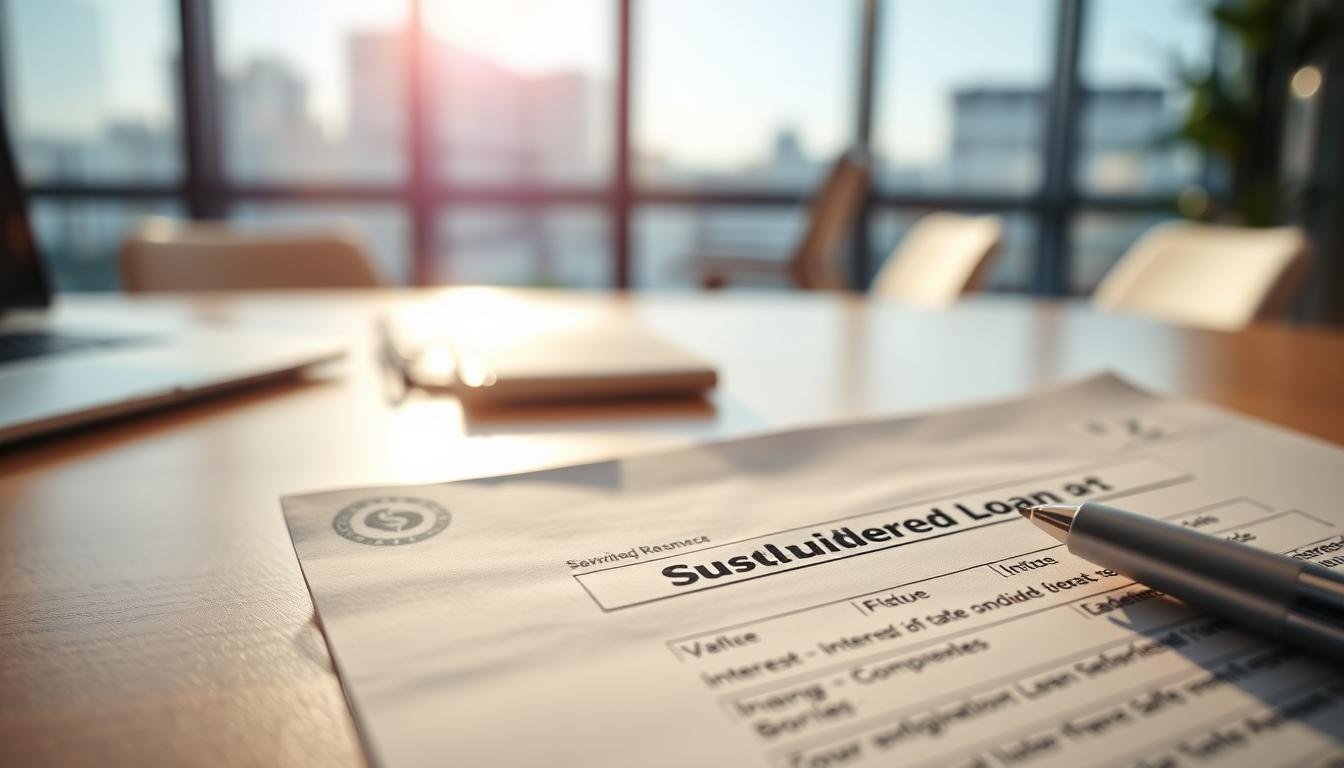Student loans represent a significant promise to repay borrowed money used to fund education. When borrowers honor this commitment, it’s a win-win situation. Their credit score remains robust, making future borrowing easier and showcasing their financial responsibility.
However, failing to repay student loans can lead to serious consequences. The scale of the student loan crisis in America is substantial, with over 42.7 million citizens holding more than $1.6 trillion in student loan debt. Nearly 25% of borrowers could potentially face default, making timely information crucial.
This comprehensive guide will explore the consequences of not making loan payments, affecting both immediate financial stability and long-term financial health. Understanding the specific timeline and consequences of default is crucial for borrowers, as it differs significantly between federal and private loans.
Key Takeaways
- Failing to repay student loans can lead to serious financial consequences.
- The student loan crisis in America affects over 42.7 million citizens.
- Nearly 25% of borrowers are at risk of facing default on their loans.
- The consequences of default differ between federal and private loans.
- Borrowers have options available to address their loan issues proactively.
Understanding Student Loan Delinquency and Default
As soon as a borrower misses a student loan payment, their loan becomes past due or delinquent, according to the Department of Education. This status continues until the borrower makes the missed payment.
When Is a Loan Considered Delinquent?
A loan is considered delinquent the moment a payment is missed. For instance, if a borrower’s payment is due on the 1st of the month and they fail to pay by that date, the loan becomes delinquent. The loan remains in this state until the borrower makes the payment.
The Timeline from Delinquency to Default
The timeframe for a loan to move from delinquency to default varies depending on the loan type. For federal student loans, such as those under the William D. Ford Federal Direct Loan Program or the Federal Family Education Loan Program, default typically occurs after 270 days of missed payments. In contrast, Federal Perkins Loan Program loans can be declared in default after just one missed payment.
Differences Between Federal and Private Student Loans
Federal and private student loans have different delinquency and default timelines. While federal loans generally allow for a longer period before defaulting, private loans may have stricter terms, sometimes defaulting after just one missed payment. Borrowers must understand their loan’s specific terms to avoid default.
Immediate Consequences of Defaulting on Student Loans

When you default on your student loans, the financial repercussions can be immediate and far-reaching. Defaulting on a loan doesn’t just affect your credit score; it triggers a cascade of financial consequences that can impact your overall financial health.
The Entire Loan Balance Becomes Due
Once your loan enters default, the entire unpaid balance and all accrued interest become due immediately—a process known as acceleration. This means that instead of just owing the missed payments, you are now liable for the entire loan amount.
Impact on Your Credit Score
Your credit score is a crucial factor in your financial journey, influencing your ability to secure future loans, the interest rates you’ll be offered, and even your eligibility for renting an apartment. Defaulting on student loans can severely damage your credit score, potentially dropping it by 60-110 points.
Collection Fees and Additional Costs
Collection fees can add a significant amount to your debt. When no payment or repayment arrangement is made within the first 60 days of default, collection costs are added, which can be as high as 22% of what you already owe.
| Consequence | Description | Impact |
|---|---|---|
| Acceleration | Entire loan balance becomes due | Immediate financial burden |
| Credit Score Damage | Potential drop of 60-110 points | Affects future loan eligibility |
| Collection Fees | Up to 22% additional costs | Increases total debt |
What Happens If I Don’t Pay My Student Loans: Long-Term Financial Impact

Defaulting on student loans can trigger a cascade of financial difficulties that are challenging to overcome. The consequences of not repaying these loans are far-reaching, affecting not just the borrower’s financial stability but also their overall well-being.
Wage Garnishment
The government can legally garnish up to 15% of a borrower’s disposable income without a court judgment for defaulted student loans. This means that a significant portion of one’s salary can be withheld to repay the debt, causing financial strain.
Tax Refund and Benefit Withholding
Under the Treasury Offset Program, the government can withhold tax refunds and other federal payments to repay defaulted loans. This can significantly impact an individual’s or family’s financial situation, as they may rely on these refunds for various expenses.
Loss of Loan Deferment and Forbearance Options
Defaulting on student loans also results in the loss of beneficial options like deferment and forbearance, which could provide temporary relief during financial hardship. Without these options, borrowers are left with limited avenues for managing their debt.
The combination of wage garnishment, tax refund withholding, and the loss of deferment and forbearance options creates a cycle of financial difficulty that can be challenging to escape. It is crucial for borrowers to understand these long-term consequences and explore available alternatives for managing their loan repayment obligations.
Educational and Professional Consequences

Defaulting on student loans can have far-reaching consequences that extend beyond financial repercussions, affecting borrowers’ educational and professional pursuits. This can lead to a cycle of hardship that is challenging to overcome.
Ineligibility for Future Federal Student Aid
One of the immediate consequences of defaulting on a student loan is becoming ineligible for future federal student aid. This includes not only federal student loans but also Pell Grants and other forms of federal financial assistance. Borrowers who default on their loans may find themselves unable to receive the financial help they need to continue their education or pursue additional training.
Academic Transcript Holds
Schools have the authority to withhold academic transcripts from students who have defaulted on their loans. This can create significant barriers for individuals seeking to transfer credits, apply to graduate programs, or verify their educational background to potential employers. The inability to access their transcripts can severely limit a borrower’s career advancement opportunities.
Professional License Suspension
In some states, defaulting on student loans can lead to the suspension or revocation of professional licenses. This can affect various professions, including medical, legal, teaching, and nursing fields. The loss of a professional license can be devastating, effectively halting a borrower’s career and significantly impacting their earning potential.
These educational and professional consequences can create a particularly difficult situation for borrowers, limiting their ability to improve their financial situation and making it harder to recover from default.
Options to Get Out of Student Loan Default

When a borrower defaults on their student loans, it’s not the end; there are several strategies to get back on track. The Department of Education provides multiple options to help borrowers resolve their defaulted loans and regain financial stability.
Rehabilitation Programs
Loan rehabilitation is a viable option for borrowers to remove the default status from their credit history. By making nine reasonable and affordable monthly payments over 10 months, borrowers can rehabilitate their loans. This process can be used once and can significantly improve a borrower’s credit score.
Consolidation Options
Borrowers can consolidate their defaulted loans into a new Direct Consolidation Loan, potentially restoring eligibility for benefits like income-driven repayment plans. While consolidation doesn’t remove the default from credit reports, it can simplify payments and make managing loans more manageable.
Income-Driven Plans
Income-driven repayment plans calculate monthly payments based on income and family size, potentially as low as $0 per month for those with very low incomes. After getting out of default, borrowers can enroll in these plans to make their payments more affordable.
It’s crucial for borrowers to act quickly when in default, as options become more limited and consequences more severe over time. The Department of Education’s Default Resolution Group can assist borrowers in navigating these options without needing third-party assistance.
Conclusion
The consequences of defaulting on student loans can be severe and long-lasting, affecting not only your financial health but also your future opportunities. When a loan defaults, the entire balance becomes due, and additional collection fees can be imposed. This can significantly impact your credit score, making it harder to secure future credit.
Furthermore, defaulting on student loans can lead to wage garnishment and tax refund withholding, further complicating your financial situation. It’s crucial to understand that these consequences can vary depending on the type of loan and state laws. Borrowers have multiple options to recover from default, including loan rehabilitation, consolidation, and income-driven repayment plans.
Being proactive about addressing student loan debt issues before they reach default status is vital. Borrowers should contact their loan servicer or the Department of Education’s Default Resolution Group immediately to explore available options. With the right approach, individuals can recover their financial standing and move forward toward their financial goals. Resources such as government websites and nonprofit credit counseling services can provide personalized assistance to borrowers in difficult situations.
Understanding your options and taking timely action can mitigate the long-term impacts of default. By addressing student loan debt proactively, borrowers can avoid severe consequences and work towards a more stable financial future.






